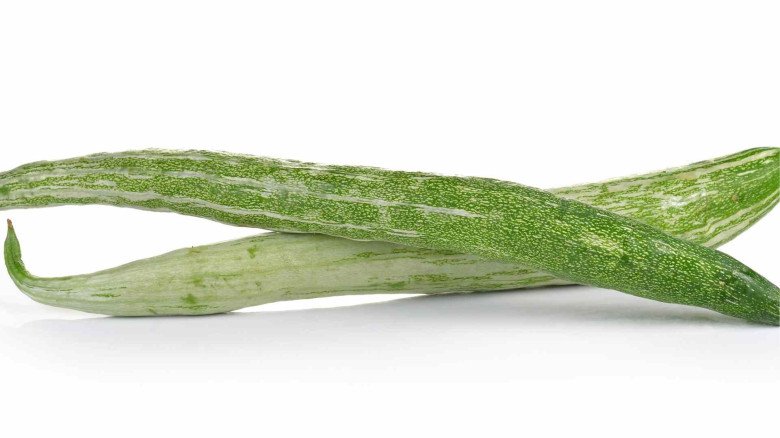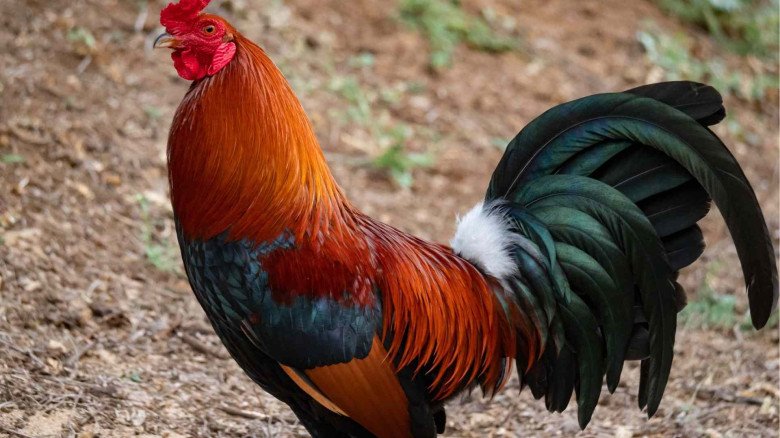Avian Flu Detected in Dairy Cattle: A New Challenge for Southern Farmers
State and federal agriculture officials have reported that avian flu has lately infected the cows on many dairy farms in the southern states.
According to the U.S. Department of Agriculture, these are the first documented cases of avian influenza infecting cattle in the country. The virus is easily spread among birds and frequently deadly to domestic poultry, but it has not shown to be as deadly to cows.
Four dairy herds in Kansas and Texas have had contaminated cows identified by the agency; testing on other herds are still being conducted. New Mexico dairy cows have also shown signs of the disease.
During the spring and autumn migrations, animals in the Midwest are frequently exposed to the virus through infected wild birds. It's unclear yet whether it poses a hazard to Iowa cattle.
The Iowa Department of Agriculture and Land Stewardship's Don McDowell, a spokesman, stated that "there are still many questions to answer."
The Central Flyway, a significant migratory path that passes from Nebraska and South Dakota to the west of Iowa, is where the infected herds are located in southwest Kansas and the Texas Panhandle.
The dairy farmer John Maxwell, who lives close to Davenport, Iowa, stated, "That doesn't mean we let our guard down." "So many things are unknown. "It has been observed that birds from that flyway occasionally stray into Iowa, according to the U.S. Fish and Wildlife Service.
In Iowa, there are roughly 850 dairy farms with anywhere from 25 to 10,000 cows. Typically, it contains roughly 250 cows.
Southern farmers face new challenges with Avian Flu detected in livestock from Farmersrathna Agri-news
A "mysterious" illness in cows
In Texas, dairy cows had been suffering from fever, appetite loss, and decreased milk production for weeks. The milk was also discolored and thick. The agriculture commissioner for the state of Texas, Sid Miller, stated this week that a mystery disease has been plaguing the agriculture sector in the Panhandle of Texas.
The sick cows' avian flu infection was confirmed on Monday by tests conducted on their milk. According to the USDA, the animals that were impacted were mostly elderly and made up approximately 10% of the entire herd. Instead of passing away, the afflicted cows have mostly recovered from their sickness. Miller's office said that the worst impacted herds produced approximately 40% less milk for approximately a week. Milk from sick animals is discarded.
Since the virus's initial investigation by a USDA lab did not find a genetic alteration that would have made it more easily transmissible across mammals, it is unlikely that the infected cows will infect people or other cows.
Texas and Kansas dairy cows were revealed to have bird flu.
According to Maxwell, a director of the American Jersey Cattle Association, feed polluted by wild birds is thought to be a possible source of infection. Feed that is left out in the open can be plundered by infected birds, who then urinate on it.
Most people are most familiar with the virus from its effects on producers of turkeys and chickens in recent years. If a flock of birds contains infected birds, the entire flock—which can occasionally number in the millions—is killed to stop the virus from spreading. However, a great deal of evidence has shown that the illness can also affect mammals. More than 200 distinct mammals have been identified by the USDA as having contracted the avian flu during the previous two years in the United States.
The list includes foxes and opossums in Iowa, but other states have seen cases of diseased species ranging from grizzly bears to dolphins.
Impact of Avian Influenza outbreak on dairy farms in the southern region from Farmersrathna Agri-news
The state of Minnesota declared this week that a farm whose poultry had contracted the avian flu in February had lost at least one young goat to the disease. It was the first instance of the virus infecting cattle in the United States.
The state veterinarian of Minnesota, Dr. Brian Hoefs, stated that "this finding is significant because, while the spring migration is definitely a higher risk transmission period for poultry, it highlights the possibility of the virus infecting other animals on farms with multiple species."
Low level of virus activity thus far
In the last month, three domestic flocks in Iowa's neighboring states have tested positive for the virus: two household flocks in Minnesota and one commercial turkey flock in South Dakota. USDA data indicates that the last detection in Iowa occurred in mid-December in a backyard flock in Mahaska County.
The last notable spring bird flu outbreak in Iowa occurred in 2022, when the disease first was detected in domestic flocks in early March and resulted in around 16 million bird deaths statewide that year. This does not imply that the state will be immune to diseases this year; in 2015, an outbreak began in the middle of April. That year, over 33 million birds perished.
This month, it was discovered that a dead crow in far northeast Iowa was infected.
It's a worry, Maxwell stated. "I don't think it's something we should address drastically, but we should definitely take all necessary precautions. "The secretary of agriculture for Iowa, Mike Naig, said he is waiting on further details regarding the infections in dairy cattle that are affecting the southern states. He also urged people to report cow ailments as soon as possible to the Department of Agriculture and Land Stewardship by giving them a call at (515) 281-5305.
-logo.webp.png)
.jpg)
-logo.webp.png)

































Leave A Comment